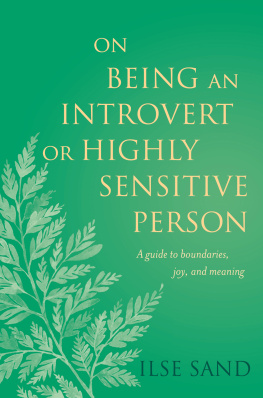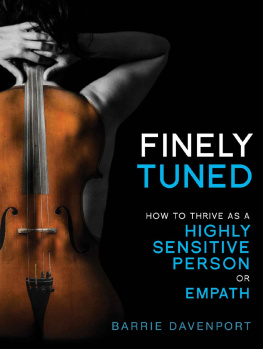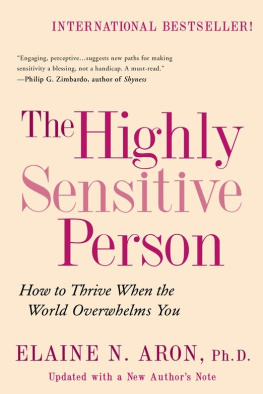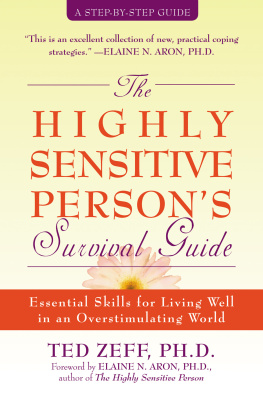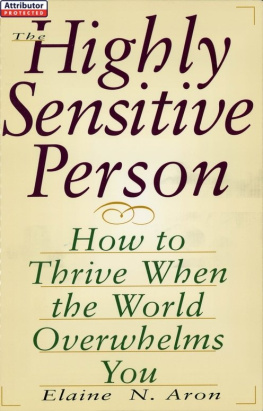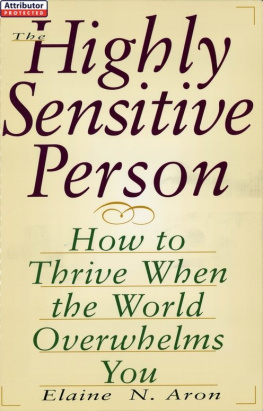

Copyright 2020 by Rockridge Press, Emeryville, California
No part of this publication may be reproduced, stored in a retrieval system, or transmitted in any form or by any means, electronic, mechanical, photocopying, recording, scanning, or otherwise, except as permitted under Sections 107 or 108 of the 1976 United States Copyright Act, without the prior written permission of the Publisher. Requests to the Publisher for permission should be addressed to the Permissions Department, Rockridge Press, 6005 Shellmound Street, Suite 175, Emeryville, CA 94608.
Limit of Liability/Disclaimer of Warranty: The Publisher and the author make no representations or warranties with respect to the accuracy or completeness of the contents of this work and specifically disclaim all warranties, including without limitation warranties of fitness for a particular purpose. No warranty may be created or extended by sales or promotional materials. The advice and strategies contained herein may not be suitable for every situation. This work is sold with the understanding that the Publisher is not engaged in rendering medical, legal, or other professional advice or services. If professional assistance is required, the services of a competent professional person should be sought. Neither the Publisher nor the author shall be liable for damages arising herefrom. The fact that an individual, organization, or website is referred to in this work as a citation and/or potential source of further information does not mean that the author or the Publisher endorses the information the individual, organization, or website may provide or recommendations they/it may make. Further, readers should be aware that websites listed in this work may have changed or disappeared between when this work was written and when it is read.
For general information on our other products and services or to obtain technical support, please contact our Customer Care Department within the United States at (866) 744-2665, or outside the United States at (510) 253-0500.
Rockridge Press publishes its books in a variety of electronic and print formats. Some content that appears in print may not be available in electronic books, and vice versa.
TRADEMARKS: Rockridge Press and the Rockridge Press logo are trademarks or registered trademarks of Callisto Media Inc. and/or its affiliates, in the United States and other countries, and may not be used without written permission. All other trademarks are the property of their respective owners. Rockridge Press is not associated with any product or vendor mentioned in this book.
Interior and Designer: Heather Krakora
Art Producer: Tom Hood
Editor: Vanessa Ta
Production Editor: Andrew Yackira
by Ben Cassil
ISBN: Print 978-1-64611-456-6
eBook 978-1-64611-457-3
R0
To my partner, best friend, and fiercest advocate, Ben.
You make me a better version of myself.
Thank you.
CONTENTS

Maybe youre perpetually exhausted and people describe you as high-strung. You may struggle to keep up with housework or feel oddly depleted by your job. As you go through your day, interactions with your colleagues may leave you feeling full of self-doubt and on the verge of tears. Even positive feedback from your boss may leave you feeling confused, as though you just got in trouble. You may find it hard to focus or think clearly during the latter half of the day or get headaches when stressed. Your favorite part of the day might be those 30 minutes by yourself between activities, when you get to rest in a quiet, dark space. What am I doing wrong? you wonder to yourself. Other people dont seem to struggle like I do.
Surviving in an overwhelming world and assuming something is wrong may be a common experience for you, a highly sensitive person (HSP). Thankfully this is not the case. Context and knowledge can make all the difference in how you experience the world.
I first heard the term highly sensitive person during my clinical internship at Caltech over 10 years ago. As an HSP, or highly sensitive person, I was intrigued that this trait had a name and was a common experience for a significant portion of the population. At the time, there was limited information on the topic, with Dr. Elaine Aron almost exclusively providing resources. Dr. Aron is a psychologist who began studying the HSP trait in 1991 and published The Highly Sensitive Person (1996). Since I learned of the trait, I have followed the emerging research about HSPs and learned anecdotally, as the majority of clients I work with are highly sensitive.
As a licensed clinical psychologist, I work with women and underrepresented minorities in STEM fields (science, technology, engineering, and math). I have had the privilege of helping clients understand the HSP trait and leverage it into a key factor for their success. When I first meet HSP clients, they are usually experiencing some form of depression or anxiety as they function in the high-pressure environments of STEM. Over time, as they do their work in therapy, they blossom and thrive. Typically this includes an increase in confidence, changes in body language, more fulfilling relationships, and improved quality of life. This does not mean that things become easy but that these HSPs now have more tools to use when life throws inevitable challenges at them.
This book is based on the research literature as well as my observations of consistent themes for HSPs through my work as a psychologist. The exercises come from questions and practices I give my clients every day. Some of them will work for you and others wont, and thats okay. As you try them, you can decide which tools to take with you and incorporate into regular usage so that you, too, can blossom and thrive.
If youre reading this workbook on a touch-screen device, you can add notes and highlight text just like you would in a physical workbook.
Some sections will prompt you to write in answers or personal responses. Its easygive it a try right here: ___________.
With your finger, tap and hold for a few moments on the line above. Depending on the device youre using, an icon such as a magnifying glass will appear. Lift your finger and youll see an options menu. Select Note (or Notes) to add and save your own text. When youre done, an icon or highlighted area will remain, which you can always return to and tap if you want to reopen and read or edit your note.
The same tap-and-hold options menu offers Highlight or Color, which you can select if you want to highlight a passage or check a box. Experiment with it: By swiping your finger before releasing you can select entire sentences or paragraphs. The options menu also offers Bookmark for when you want quick access back to certain pages.
This method is the same on nearly all touch-screen ebook devices, but some have slight variations. If youd like more information specific to the device youre holding in your hands, a quick online search will yield best results.
This book is designed to give you a broad overview of common experiences that affect HSPs. Consistent themes will be explored in each chapter, such as past experiences and common challenges. Exercises will balance reflecting on the past, assessing the present, and planning for the future. You are welcome to read straight through the book or to jump around based on your needs and interests. As is the nature of any workbook, there are limitations to how comprehensive each section can be, so a list of resources is provided at the end for you to continue your work beyond this book.
Next page

